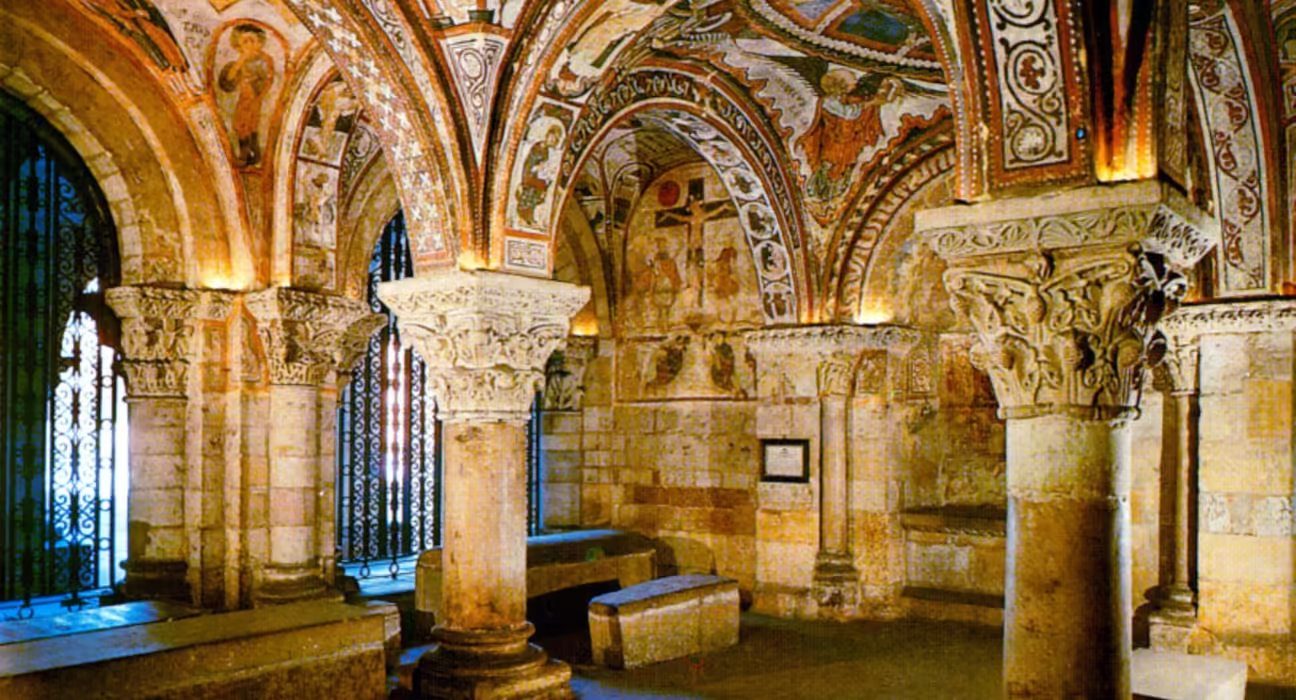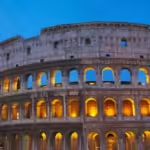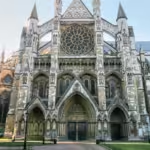Romanesque architecture is a remarkable style that flourished in Europe from the mid-11th century until the emergence of Gothic architecture. This unique architectural movement not only showcases the artistic capabilities of its time but also serves as a mirror reflecting the sociocultural transformations occurring throughout medieval Europe. To understand the significance of Romanesque architecture, one must delve beyond mere aesthetics and explore the complex interplay of faith, knowledge, and community that characterized this era.
The solidity of Romanesque structures—often adorned with rounded arches, thick walls, and small windows—creates an imposing yet harmonious appearance. Churches and monasteries built during this period may have been limited in height, but they exude strength and solemnity, reminding us of the immense potential held within faith and wisdom. Furthermore, Romanesque architecture encapsulates political, religious, and social meanings; it symbolizes a return to stability following periods of turmoil while illustrating the flourishing of local communities where culture and art began to flourish once again.
The Distinctive Features of Romanesque Architecture
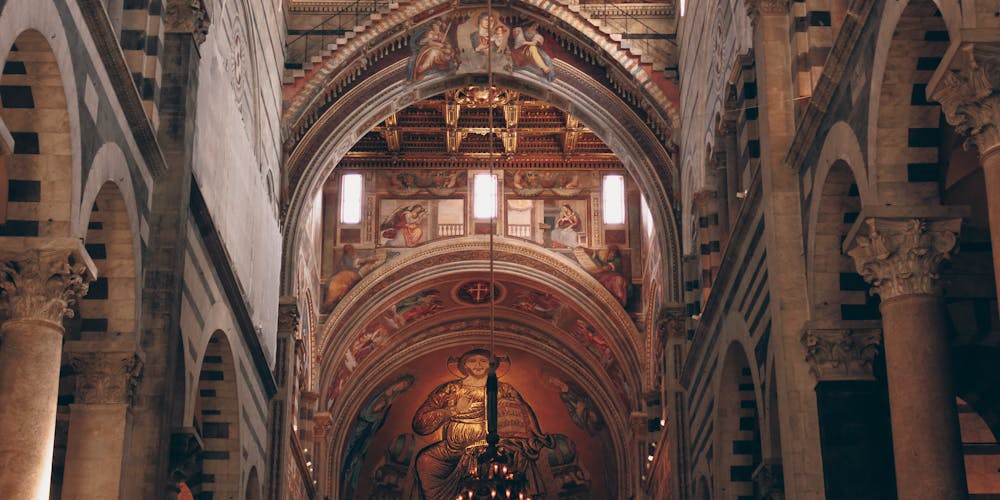
Romanesque architecture can be characterized by its unique shapes and structures that set it apart from other styles. Exploring these features reveals the ingenuity and creativity of medieval builders, who aimed to create spaces that were both functional and spiritually uplifting.
Curvilinear Shapes and Solid Structures

One of the most notable aspects of Romanesque architecture is the harmonious combination of soft curves and sturdy vertical lines. Buildings often take the form of a cross, incorporating one or more aisles alongside the main nave.
This design not only maximizes space but creates an environment conducive to worship. The use of rounded arches provides both support and aesthetic appeal, showcasing the mastery of stone masons who skillfully crafted these elements. The coupling of these curves with robust columns and thick walls results in a fortified appearance that evokes feelings of safety and sanctuary.
In contrast to later Gothic styles, which favored intricate spires and expansive stained-glass windows, Romanesque architecture conveys a sense of groundedness. These structures were born from the need to withstand the test of time, and many Romanesque buildings still stand today, serving as historical reminders of human resilience.
Sculptural Artistry and Symbolism

As we move beyond the structural elements, we must address the rich artistry found in Romanesque sculpture. Often adorning the entrances and walls of churches, sculptural reliefs played a crucial role in conveying religious narratives to communities that were largely illiterate.
These sculptural works serve as visual scriptures, depicting biblical scenes, saints, and moral lessons in a manner accessible to all. The intricate designs not only enhance the beauty of the buildings but also engage the viewer in a deeper understanding of their faith. Through these artworks, the stories of salvation, divine grace, and the human experience are woven into the fabric of Romanesque architecture.
Another fascinating aspect of Romanesque sculptures is the use of symbolism. The creators employed various motifs—such as animals, plants, and geometric patterns—to convey spiritual truths and moral values. Each carving tells a story, inviting observers to contemplate the larger narrative of life, death, and redemption.
Cultural Significance and Spiritual Reflection
Romanesque architecture does more than simply provide a physical structure for worship; it reflects the emotional landscapes and spiritual experiences of Medieval society. Unlike the light-filled, soaring spaces of Gothic cathedrals, Romanesque buildings evoke a sense of warmth and intimacy.
The enclosed spaces foster deep reflection, encouraging individuals to turn inward and seek solace amidst the chaos of daily life. This introspective atmosphere is essential for spiritual growth, allowing congregants to gather not only in prayer but also to find peace in their surroundings.
Moreover, these structures played a pivotal role in the formation of local communities. Churches and monasteries became centers of economic activity and cultural exchange, facilitating relationships among villagers and promoting a shared sense of identity. Such communal ties strengthened the fabric of society, fostering resilience in times of adversity.
Notable Examples of Romanesque Architecture

To truly appreciate the breadth of Romanesque architecture, it is essential to examine some of the most celebrated examples from different regions across Europe. These structures not only showcase the stylistic characteristics of the period but also reflect the cultural and historical contexts in which they were built.
The Basilica of Sant’Ambrogio in Milan

One of the quintessential representations of Romanesque architecture is the Basilica of Sant’Ambrogio in Milan. Founded in the fourth century, the church underwent significant renovations during the Romanesque period, resulting in its striking façade and distinct architectural elements.
The basilica features a captivating combination of brick and stone, with three distinct naves and a remarkable apse adorned with exquisite mosaics. Its cruciform layout and rounded arches exemplify the hallmark traits of Romanesque design, creating a space that invites contemplation and reverence.
What makes Sant’Ambrogio particularly special is its association with St. Ambrose, one of the early church fathers. As the patron saint of Milan, Ambrose’s legacy permeates the basilica’s walls, imbuing the site with a profound sense of history and spirituality. Visitors are drawn not only to its architectural splendor but also to the rich tapestry of faith woven throughout its existence.
Cluny Abbey in France

Cluny Abbey stands as another emblematic example of Romanesque architecture, renowned for its size and artistic grandeur. Established in the late 9th century, this monastery became a center for monastic reform and played a vital role in shaping the course of Western Christianity.
The abbey was famous for its grand scale, boasting an impressive church designed in accordance with the principles of Romanesque architecture. Although much of the structure has been lost over time, the remnants reveal a sophisticated layout characterized by a series of radiating chapels, a vast nave, and monumental pillars.
The influence of Cluny Abbey extended far beyond its geographic boundaries; it inspired numerous other monastic foundations throughout Europe. The development of the Cluniac Order left an indelible mark on medieval ecclesiastical architecture, encouraging a spirit of innovation and collaboration in religious building practices.
The Cathedral of Saint-Lazare in Autun

The Cathedral of Saint-Lazare in Autun represents yet another facet of Romanesque architecture, showcasing the transition from the early Romanesque style to a more elaborate expression of artistic sophistication. The cathedral’s façade is adorned with captivating sculptures that narrate biblical tales and eloquently express the stories of faith.
A standout feature of the Cathedral of Saint-Lazare is the Last Judgment tympanum, crafted by the talented artist Gislebertus. This intricate relief vividly depicts the scene of judgment, inviting contemplation and urging viewers to reflect on their own lives and choices.
Furthermore, the cathedral exemplifies the growing importance of towns and cities during the Middle Ages. As urban centers emerged, churches like Saint-Lazare became focal points for civic life, reinforcing the connection between faith and community.
The Transformation of Thought and Perception

Romanesque architecture is not merely about physical structures; it carries profound implications regarding the evolution of thought and perception during the Middle Ages. By examining the impact of this architectural style, we can gain insights into the changing attitudes toward faith, culture, and human experience.
A Reflection of Societal Stability
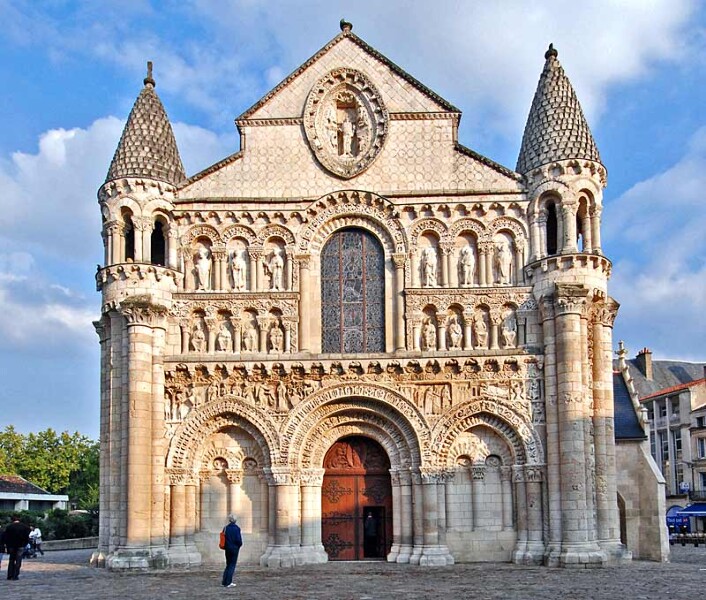
The emergence of Romanesque architecture directly coincides with a period of relative stability in European society. Following centuries of upheaval and conflict, the establishment of feudalism ushered in an era where communities could thrive and flourish.
As people sought safety and security, they turned to their faith, seeking solace in the solid and enduring structures around them. Romanesque churches and monasteries stood as symbols of hope, reminding the populace of the divine presence in their lives and the promise of a brighter future.
In this context, the architectural style becomes a manifestation of collective aspiration. Each stone laid in these sacred spaces represents not only an act of devotion but also a commitment to rebuilding society after a turbulent past.
The Role of Faith in Daily Life

The prevalence of Romanesque architecture undeniably illuminates the centrality of faith in the lives of medieval Europeans. For many, the church served as a refuge, a place to connect with others while nurturing their spiritual journeys.
As communities gathered for worship, the physical environment created by Romanesque architecture facilitated that connection. The thick walls and low ceilings fostered a sense of intimacy, enveloping worshippers in a cocoon of tranquility while they engaged in prayer and reflection.
Additionally, the decorative elements of Romanesque buildings—including intricate carvings and vibrant frescoes—served to reinforce the messages of faith. These visual reminders inspired individuals to pursue deeper relationships with the divine, igniting passions for learning and the exploration of theological concepts.
The Artistic Renaissance of the Medieval Period
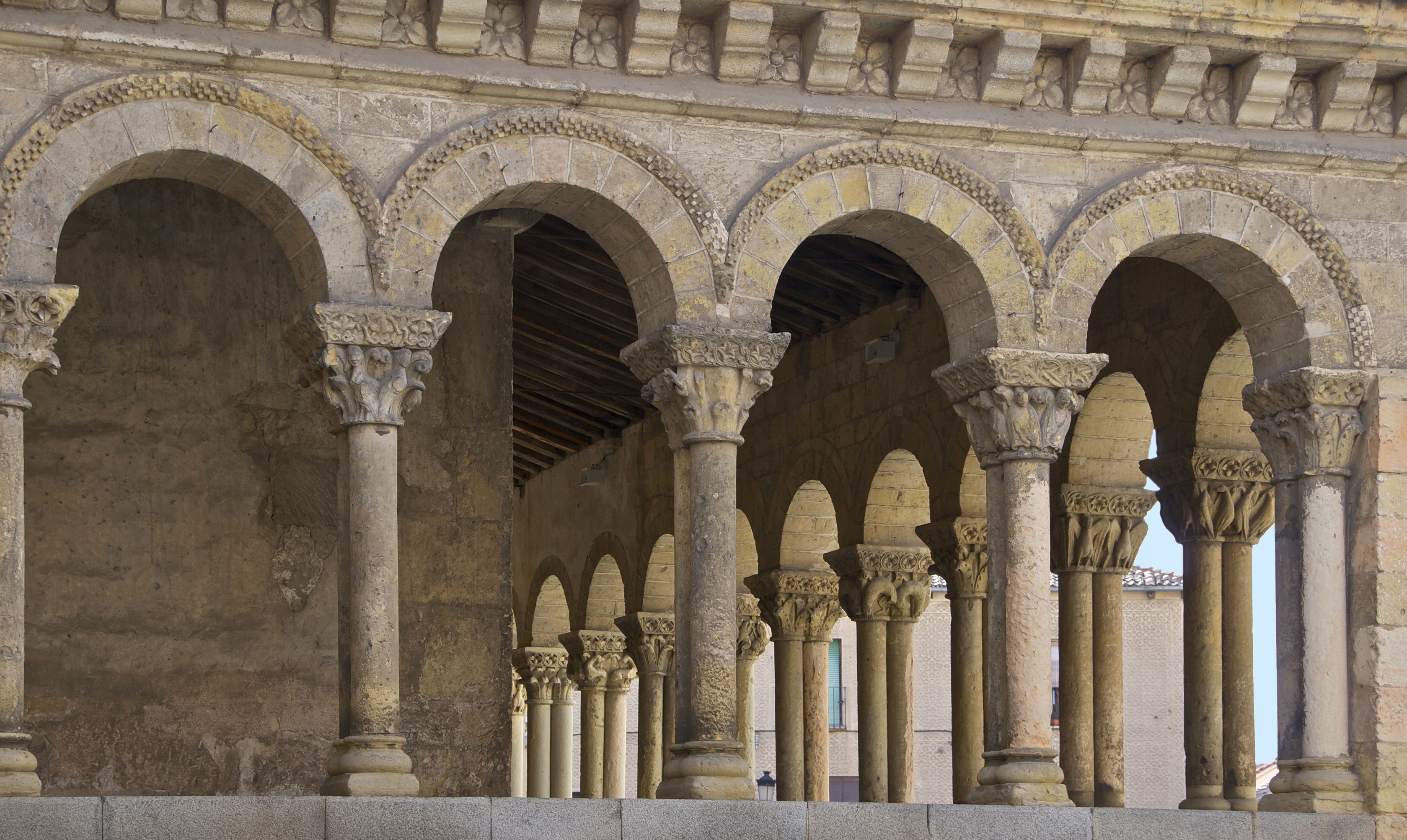
While acknowledging the practical functions of Romanesque architecture, we cannot overlook its role in sparking a renaissance of artistic expression during the medieval period. This architectural style paved the way for subsequent movements, including Gothic architecture, which arose as builders sought new ways to elevate their designs.
The innovations seen in Romanesque architecture—including the use of ribbed vaults and flying buttresses—laid the groundwork for the soaring heights and ethereal qualities present in Gothic cathedrals. This transition marks a pivotal moment in the history of art and architecture, as artists began to push boundaries and explore new realms of possibility.
Through this lens, we see Romanesque architecture not as a static entity but as part of an evolving dialogue between tradition and innovation. It embodies the dynamic nature of human creativity, fostering an environment where ideas could flourish and inspire generations to come.
Conclusion

In conclusion, Romanesque architecture holds a significant place in the annals of history, serving as both a reflection of the societal changes in medieval Europe and a testament to the enduring power of faith. The distinctive features of this architectural style—its curvilinear shapes, solid structures, and intricate sculptures—combine to create spaces that foster a deep connection to spirituality and community.
Throughout our exploration of notable examples such as the Basilica of Sant’Ambrogio, Cluny Abbey, and the Cathedral of Saint-Lazare, we have witnessed the profound impact of Romanesque architecture on the cultural landscape of Europe. These structures invite us to contemplate the interplay of art, faith, and daily life, revealing the intricate tapestry of human experience woven through time.
As we reflect upon the legacy of Romanesque architecture, we recognize that each edifice tells a story—a narrative encompassing hope, resilience, and the quests for meaning that transcend centuries. Thus, the legacy of Romanesque architecture continues to inspire modern audiences, reminding us of the beauty and complexity inherent in the journey of the human spirit.
✉️ Stay Connected — Subscribe for Weekly Updates
Discover timeless stories, practical wisdom, and beautiful culture — delivered straight to your inbox.
*We only share valuable insights — no spam, ever.




